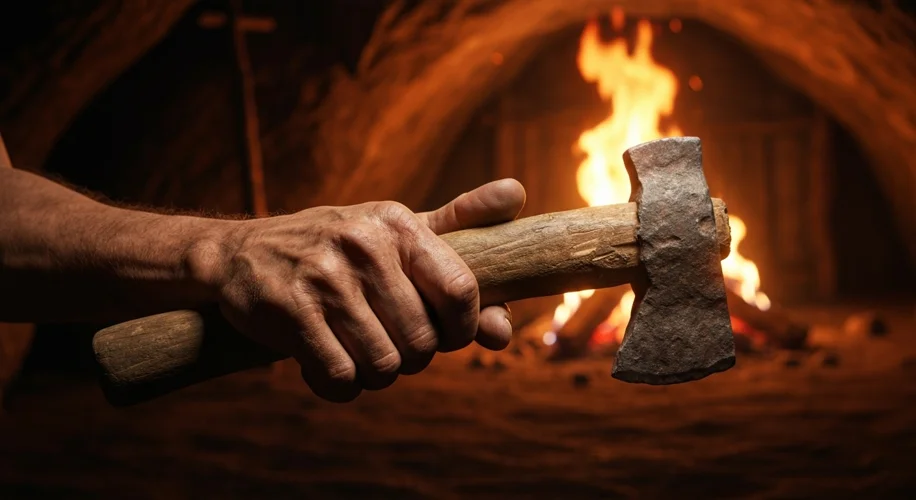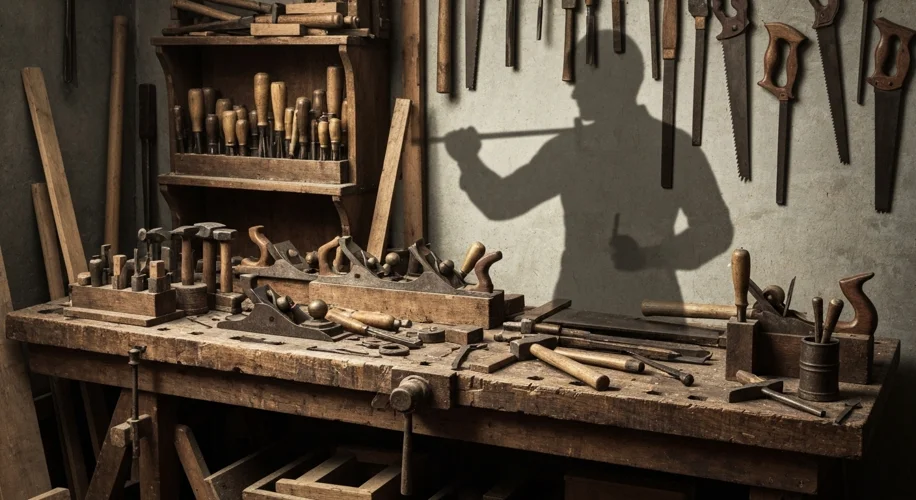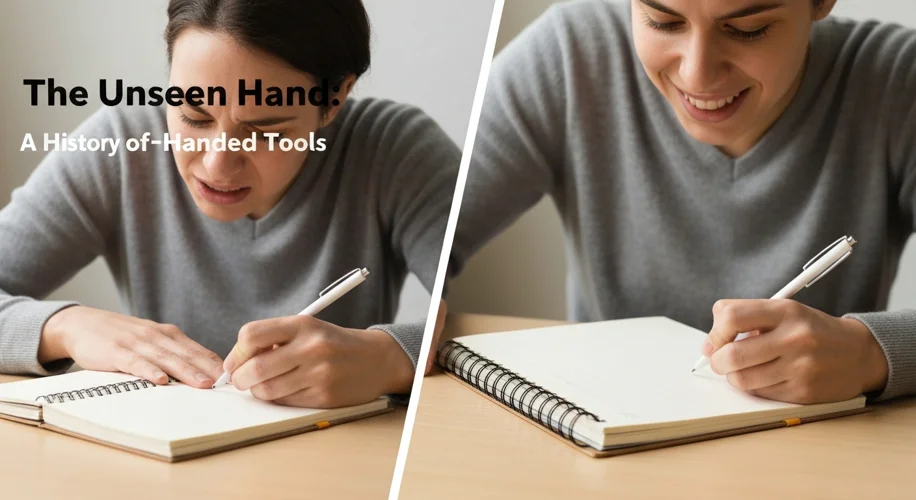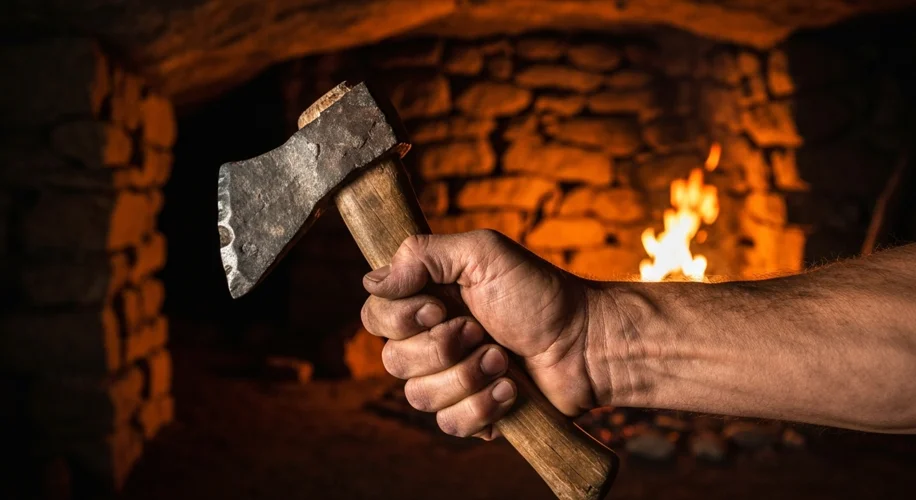For millennia, the world has been shaped by hands, but predominantly, the right hands. Tools, from the earliest stone axes to the most intricate modern machinery, have been designed with a right-handed bias. But what about the other half of humanity? What about those whose dexterity lies in their left? This is the story of the unseen hand, the story of how left-handed individuals navigated a world not built for them, and the gradual, often overlooked, development of tools designed with their unique needs in mind.
Imagine an ancient artisan, perhaps shaping a flint arrowhead. If they were left-handed, every downward stroke, every twist of the wrist, might have felt slightly unnatural, a constant negotiation with the very tools meant to aid their craft. This wasn’t a matter of clumsiness; it was a fundamental mismatch between the user and the instrument. For centuries, this was the silent reality for a significant portion of the population. Society, steeped in tradition and often superstition, didn’t readily acknowledge or cater to left-handedness. In many cultures, being left-handed was viewed with suspicion, even as a sign of ill omen or devilish influence. The very word “sinister” derives from the Latin word for “left.” This cultural backdrop meant that the need for specialized tools was unlikely to be a recognized societal concern.

The earliest evidence of tools designed for specific handedness is subtle, often inferred from archaeological finds. When we examine ancient implements, such as the meticulously crafted spear-throwers or the elegantly curved sickle blades from Neolithic settlements, it’s rare to find explicit left-handed versions. The prevailing assumption was that tools were universal, or rather, that everyone should adapt to them. This meant that left-handed individuals learned to hold tools in ways that might seem awkward to a right-hander, or they developed compensatory techniques. The dominant narrative of human adaptation was largely one-sided, favoring the right-handed majority.
As human civilization advanced, so did the complexity of its tools. The Industrial Revolution, with its emphasis on efficiency and mass production, further entrenched the right-handed design. Think of the layout of a factory floor, the placement of controls on machinery, or even the ergonomics of hand tools like saws and hammers. These were overwhelmingly designed from a right-handed perspective. A left-handed carpenter might find themselves awkwardly maneuvering a handsaw, with the blade’s teeth pushing away from their body, or struggling with the grip of a hammer that felt designed for the other hand.

The turning point, though gradual, began in the late 19th and early 20th centuries. As scientific understanding of human physiology and psychology grew, so did the recognition of handedness as a natural variation rather than a defect. Early pioneers in fields like ergonomics and occupational therapy started to observe and document the difficulties faced by left-handed workers. Societies began to question the established norms, spurred by individuals who advocated for inclusivity and practical solutions.
One of the first significant areas where specialized left-handed tools emerged was in the realm of everyday objects and vocational tools. Scissors, for instance, became a battleground. Standard scissors have a blade arrangement and handle shape optimized for right-handed use; the thumb loop is smaller and the finger loop larger, and the blades overlap in a way that a left-handed user would find their view obstructed and the cutting action less efficient. The invention of left-handed scissors, with their reversed blade arrangement and mirrored handle, was a small but revolutionary step. Similarly, spiral notebooks, with their binding on the left, presented a constant barrier for left-handed writers trying to rest their arm comfortably on the page.

The mid-20th century saw a more concerted effort. With the rise of ergonomic studies and a growing awareness of worker safety and efficiency, companies began to produce specialized tools. From left-handed gardening shears to industrial tools with reversed controls, the market slowly began to respond. This wasn’t just about convenience; it was about enabling left-handed individuals to perform tasks as effectively and safely as their right-handed counterparts. The development wasn’t always smooth. Often, left-handed versions were seen as niche products, more expensive and less readily available than their right-handed counterparts.
The impact of these developments is profound, though often invisible. It represents a shift in human ingenuity, moving from imposing a universal standard to acknowledging and accommodating individual differences. It highlights the power of adaptation, not just of humans to their environment, but of the environment (including the tools within it) to humans. The history of left-handed tools is a testament to the slow but steady progress towards a more inclusive and understanding world, one where even the smallest, most intimate aspects of our daily lives are considered.
It’s a reminder that innovation isn’t always about grand gestures or world-altering inventions. Sometimes, it’s about noticing the everyday struggles, the quiet frustrations, and creating solutions that allow everyone to participate fully. The dawn of left-handed tools was not a single event, but a centuries-long awakening, a subtle yet significant recalibration of human design in recognition of the diverse tapestry of human hands.

